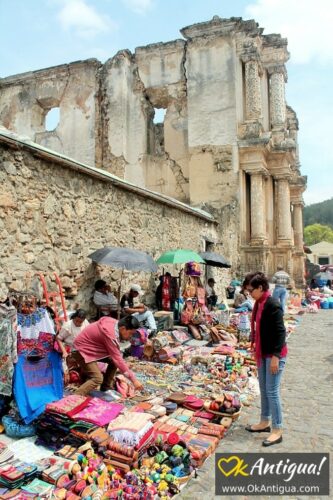
Crucifixion was used for slaves, pirates, and enemies of the state...crucifixion was a most shameful and disgraceful way to die
Crucifixions/Ancient Rome
The hypothesis that the Ancient Roman custom of crucifixion may have developed out of a primitive custom of arbori suspendere - hanging on an arbor infelix (unfortunate tree) dedicated to the gods of the nether world — is rejected by William A. Oldfather, who shows that this form of execution (the supplicium more maiorum, punishment in accordance with the custom of our ancestors) consisted of suspending someone from a tree, not dedicated to any particular gods, and flogging him to death.[39] Tertullian mentions a first-century A.D. case in which trees were used for crucifixion,[40] but Seneca the Younger earlier used the phrase infelix lignum (unfortunate wood) for the transom ("patibulum") or the whole cross.[41] According to others, the Romans appear to have learned of crucifixion from the Carthaginians.[42]
Crucifixion was used for slaves, pirates, and enemies of the state. Therefore crucifixion was considered a most shameful and disgraceful way to die. Condemned Roman citizens were usually exempt from crucifixion (like feudal nobles from hanging, dying more honorably by decapitation) except for major crimes against the state, such as high treason.
Notorious mass crucifixions followed the Third Servile War in 73-71 BC (the slave rebellion under Spartacus), other Roman civil wars in the 2nd and 1st centuries BC, and the Destruction of Jerusalem in 70 AD. To frighten other slaves from revolting, Crassus crucified 6,000 of Spartacus' men along the Appian Way from Capua to Rome.[43] Josephus tells a story of the Romans crucifying people along the walls of Jerusalem. He also says that the Roman soldiers would amuse themselves by crucifying criminals in different positions. In Roman-style crucifixion, the condemned took days to die slowly from suffocation — caused by the condemned's blood-supply slowly draining away to a quantity insufficient to supply the required oxygen to vital organs. The dead body was left up for vultures and other birds to consume.
The goal of Roman crucifixion was not just to kill the criminal, but also to mutilate and dishonour the body of the condemned. In ancient tradition, an honourable death required burial; leaving a body on the cross, so as to mutilate it and prevent its burial, was a grave dishonour.
Under ancient Roman penal practice, crucifixion was also a means of exhibiting the criminal’s low social status. It was the most dishonourable death imaginable, originally reserved for slaves, hence still called "supplicium servile" by Seneca, later extended to provincial freedmen of obscure station ('humiles'). The citizen class of Roman society were almost never subject to capital punishments; instead, they were fined or exiled. Josephus mentions Jews of high rank who were crucified, but this was to point out that their status had been taken away from them. The Romans often broke the prisoner's legs to hasten death and usually forbade burial.
A cruel prelude was scourging, which would cause the condemned to lose a large amount of blood, and approach a state of shock. The convict then usually had to carry the horizontal beam (patibulum in Latin) to the place of execution, but not necessarily the whole cross. Crucifixion was typically carried out by specialized teams, consisting of a commanding centurion and four soldiers. When it was done in an established place of execution, the vertical beam (stipes) could even be permanently embedded in the ground. The condemned was usually stripped naked — all the New Testament gospels describe soldiers gambling for the robes of Jesus. (Matthew 27:35, Mark 15:24, Luke 23:34, John 19:23-25)
The 'nails' were tapered iron spikes approximately 5 to 7 inches (13 to 18 cm) long, with a square shaft 3⁄8 inches (0.95 cm) across. In some cases, the nails were gathered afterwards and used as healing amulets. HERE
 Constantine the Great, the first Christian emperor, abolished crucifixion in the Roman Empire in 337 out of veneration for Jesus Christ, its most famous victim.
Constantine the Great, the first Christian emperor, abolished crucifixion in the Roman Empire in 337 out of veneration for Jesus Christ, its most famous victim.· Thanks to Wikipedia























_-_James_Tissot_-_overall.jpg)
















1 comment:
Thanks for the history lesson!
Post a Comment